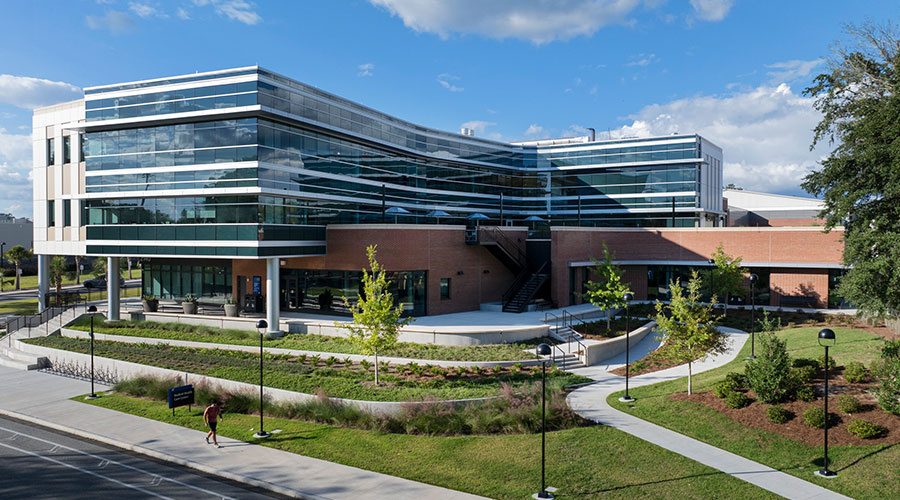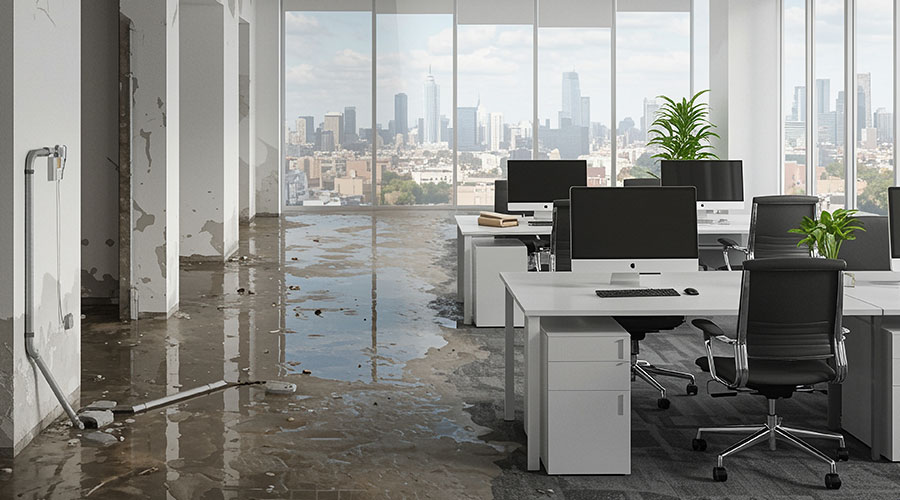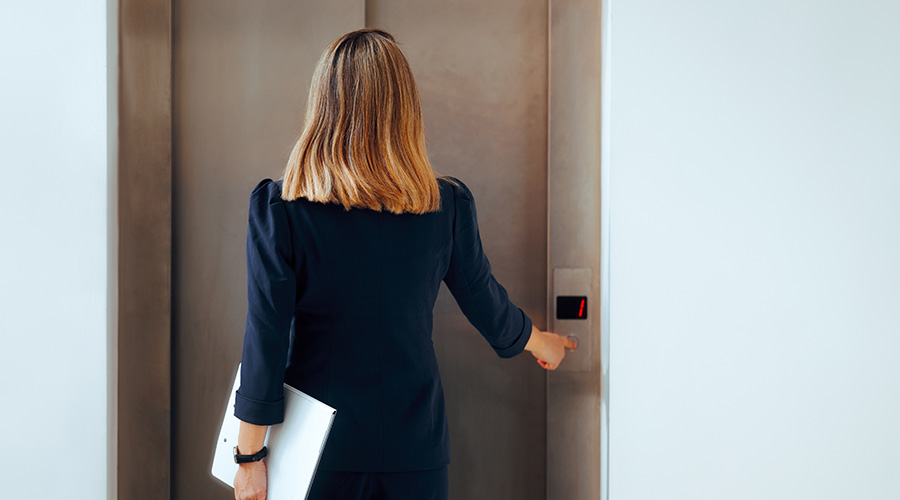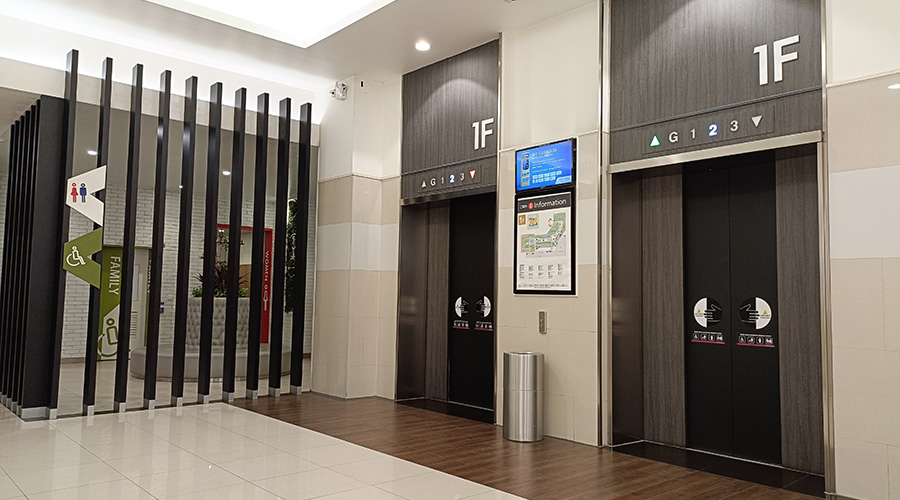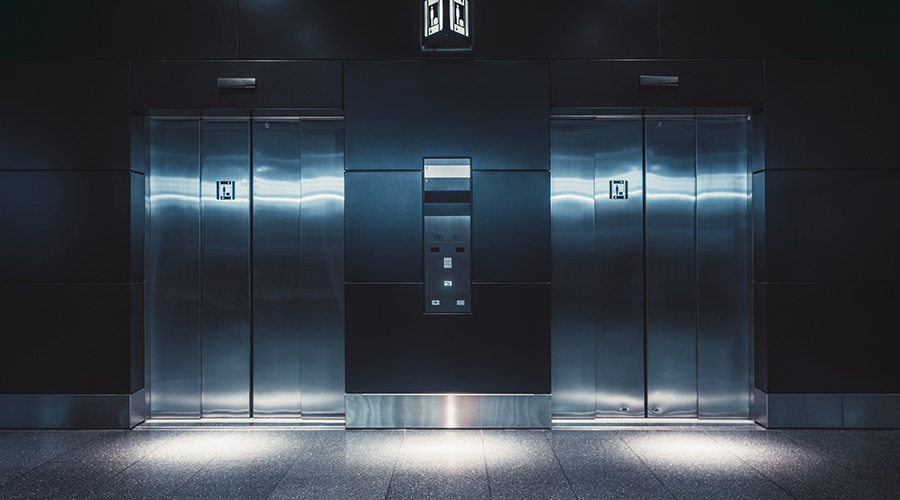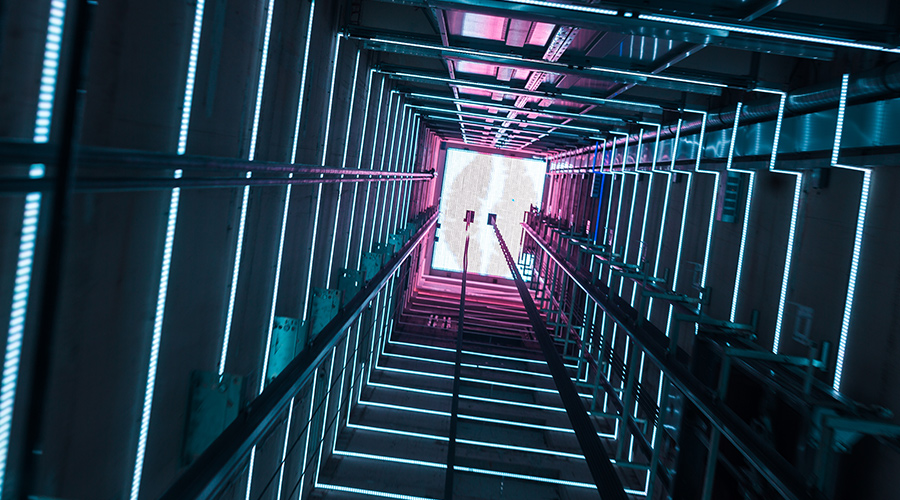Expert Guide to Modernizing Elevators
When it comes to modernization, there are several options on the table.
When it comes to modernization, there are several options on the table, depending on the elevator type. Modernizing a traction elevator differs from modernizing a hydraulic one, Marley explains.
Green distills what is needed into a few key examples. A facility seeing regular repair needs and a lack of reliability might replace the elevator’s controller to address these issues. But when the facility demands better operation and improved aesthetics, they might replace the controller, door frame, doors and cab as well. A facility with a hydraulic elevator that wants to improve sustainability may opt for a full replacement to move away from hydraulic oils.
Basic modernization typically involves replacing electrical components like the controller (the brains of the elevator), selector, door operators and switches, but doesn’t touch the hoist motor, cab or governor. This update is all about basic electrical upgrades.
Older systems rely on relay-based controllers and need to be updated to microprocessor systems, Bera says. Often this update is all an elevator needs.
“The issue with most elevators is generally not the mechanical components but the controller,” Marley says. “The controller ages out before the mechanical parts.”
As they replace the controller, Green recommends considering the next steps. Are we changing the fixtures? Will we be improving the aesthetics? Will we replace the traction system? “These things are part of the next level of modernization,” he says.
The motor is another vital component, with replacements becoming essential, especially when parts become outdated, Kohl says. Space constraints can complicate this update. He says sometimes the best move is to switch from a geared to a gearless machine, which is more energy efficient.
Bera is noticing a shift from direct current (DC) machines to eco-friendly alternating current (AC) machines. He suggests this modification might lead to a 40 percent energy savings compared to the prior system.
He further advises implementing destination dispatching in larger buildings undergoing modernization. With these systems, users enter their destination into a touchscreen outside a bank of elevators and it directs them to the right elevator.
“This system lumps all passengers for a specific floor together,” Bera says. “This improves efficiency and productivity. An elevator that makes fewer stops saves energy. It also reduces the need for all the elevators, while some elevator cars are being modernized. Now, when we take an elevator out of service, it’s less noticeable to the customers.”
The needs change slightly for hydraulic elevators versus traction elevators. For instance, McGrath says a hydraulic elevator may need its oil changed out every five years. “Just like you cannot drive your car around without changing the oil or replacing the brakes and the belts, you cannot use your elevator without these updates,” he says.
Other considerations
Elevator modernization also requires facility managers to consider the elevator's integration with other building systems.
The plan should always include other essential factors. For main line upgrades, rating, amperage, composition and sensors should also be considered. Integrating fire and smoke alarm systems into the project is also a good idea, Marley says.
Increased cooling requirements in the elevator machine rooms may necessitate an HVAC upgrade in a modernization. Grounding should be evaluated for both performance and code compliance, along with other elements like pit ladders, sump pumps, drains, lighting, and any necessary electrical code upgrades.
“Machine rooms have to be climate controlled up to the new code,” McGrath says. “They are going to need new fire alarms because the new controllers will operate on a different code. They also have the option to use their existing phone lines in the elevators or switch to cell service.”
McGrath underscores the importance of looking at lighting if sustainability is a concern.
“The energy savings will not be as much if they are still running incandescent or fluorescent lighting in their elevators,” he says.
Planning the project
Modernization can take a while. McGrath says that the typical construction time for an elevator on the East Coast is one week per elevator per floor, plus an additional week for the machine room.
“With multiple elevators, we’re going to be living together for five weeks to a half a year, depending on the size of the project,” he says.
Kohl suggests having an expert audit the elevators to plan the project. This audit, he says, will help facility managers budget for the modernization and downtime involved.
Green suggests managers consider project phasing when choosing a partner for their modernization project. They should look for a company that can manage the pace of modernization, handle noise requirements, and assist with budgeting, he says.
Phasing a project gives time for capital budgeting, Marley says.
“I tell all my clients to put an escrow account aside for the elevator,” he concludes. “It’s just a smart thing to do. You need to save for a rainy day.”
Ronnie Wendt is a freelance writer based in Minocqua, Wisconsin.
Related Topics:






